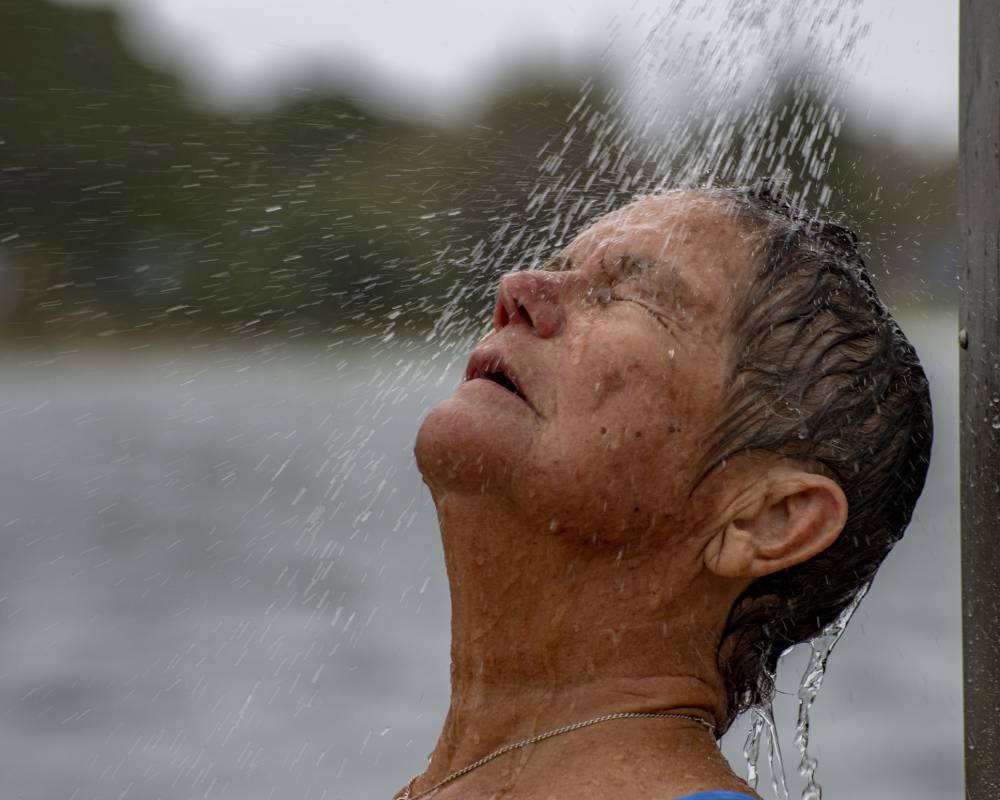
As people age, their skin becomes more fragile and vulnerable to damage, so people living in residential aged care are particularly at risk of suffering skin tears.
A Western Australian wounds survey found that 16 per cent of aged care residents experienced skin tears, and that skin tears were the most common type of wound experienced by residents, even more common than pressure ulcers.
As our population ages, skin tears are likely to become even more common, so understanding the best ways to prevent them will be increasingly important.
Skin tears are acute and painful wounds that result from trauma to the skin. They can result in either partial or full separation of the skin’s outer layers.
Skin tears can occur anywhere on the body, but they are most common on the hands, arms, lower legs and feet. Up to 80 per cent of skin tears occur on the hands and arms.
Skin tears can be caused by trauma, friction, or shearing (when the skin is pulled in different directions).
A 2013 study found the most common causes of skin tears were blunt trauma, falls, while performing activities of daily living, dressing, transfers, and equipment injuries, for example injuries from wheelchairs, side-rails or beds.
While skin tears can heal without issue, they can also lead to more complex problems, and can even lead to hospitalisation.
Older people are more prone to skin tears for a range of reasons that are interconnected. As people age, their skin becomes thinner. It loses its collagen and elastin, becoming less elastic. As people age, their sweat glands also become less active, causing the skin to dry out.
Older people also have less robust immune systems, and their skin is less able to regenerate.
Aged care residents should be carefully screened for their vulnerability to skin tears, and if they are identified as being at risk, the appropriate measures should be taken, such as those outlined on ISTAP’s risk-reduction checklist.
A risk assessment will include looking at factors such as:
According to the International Skin Tear Advisory Panel (ISTAP), carers should always:
According to ISTAP’s best practice guidelines, “frequency of bathing should be minimised where possible”.
Jan Rice, Director of Jan Rice WoundCare Services, told HelloCare she recommends residents shower every second day.
“The water can dry the skin, and the solution you’re using can dry the skin,” she explained. “We recommend bi-weekly showering.”
But of course, if residents wish to bath every day or less frequently they should – the residents’ wishes, as always, must be respected.
Ms Rice said soap should not be used, but a pH-balanced wash used in the shower instead. Match the brand of the wash with the brand of the moisturiser because they have been developed to be used together, she said.
Ideally, moisturise the skin twice daily to ensure it remains as hydrated as possible. “Emollient therapy should be seen as a vital part of skincare in patients with aged skin. Use of emollients promotes general skin health and twice-daily application has been proven to reduce incidence of skin tears by 50%,” the ISTAP guidelines state.
The water temperature of the shower should be warm, not hot, and care should be taken to ‘pat’ the skin, not ‘rub’ it.
Would you like more information? You can read the ISTAP best-practice guidelines for the treatment of skin tears here.
Sounds like another excuse to slack off on resident hygiene care, and allow for reduced numbers of carers.
The need for daily hygiene and full body moisturizing is greater thus more care staff is needed.
If you saw my skin you would not say that.
Not if the shower is followed by a good quality moisturiser i.e not petroleum based ones which are popular in facilities.